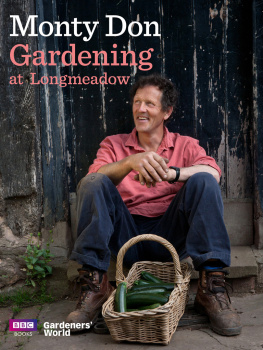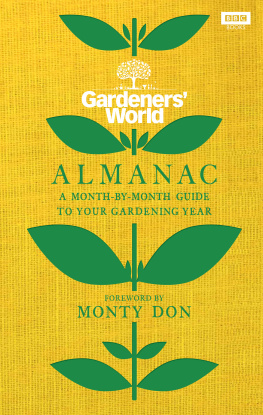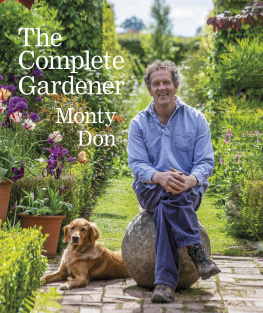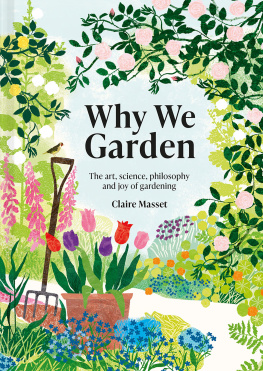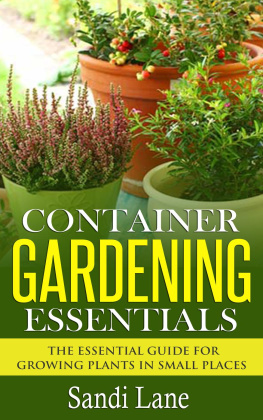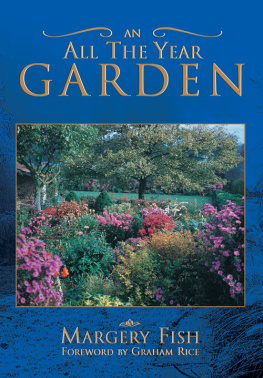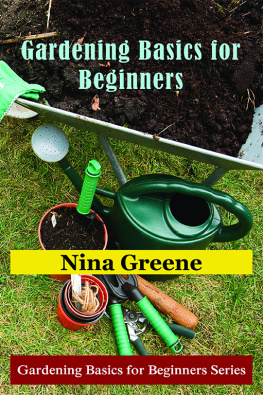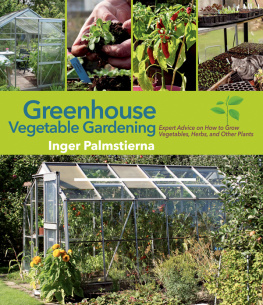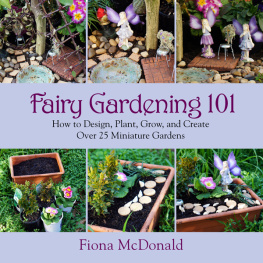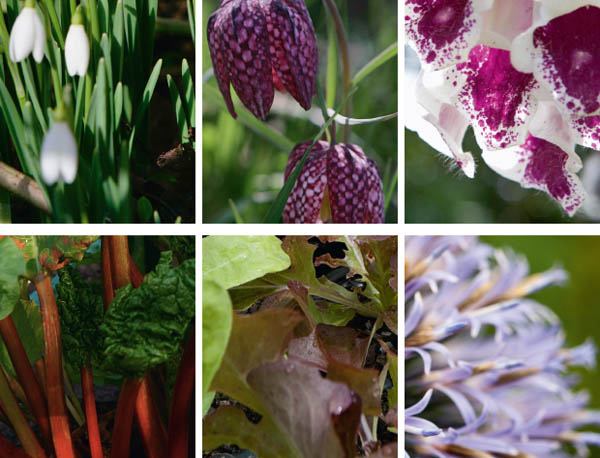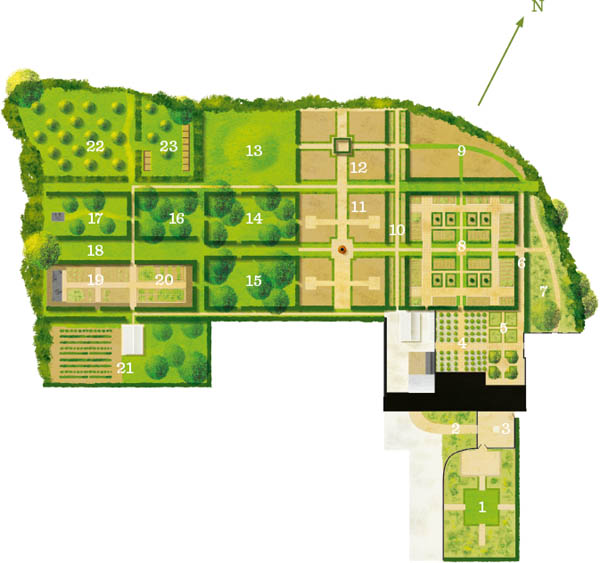Contents
Longmeadow
Key
- Walled Garden
- Dry Garden
- Courtyard
- Box Ball Yard
- Herb Garden
- Lime Walk
- Spring Garden
- Ornamental Vegetable Garden
- Damp Garden
- Long Walk
- Jewel Garden
- Grass Borders
- Mound
- Coppice
- Coppice
- Coppice
- Writing Garden
- Cricket Pitch
- Top Vegetable Garden
- Soft Fruit Garden
- Stock Beds and Top Greenhouse
- Orchard
- Compost/Orchard
About the Book
From the earliest snowdrops peeping through the snow in the Orchard in January to the luminous green of the spring meadow, vibrant red hues of the summer borders in the Jewel Garden and the abundance of the vegetable gardens in the autumn, Longmeadow is a truly seasonal garden.
For Monty, the key to success is working with this cycle of nature to get the most from the soil and the plants. Month-by-month, Monty describes the individual plants coming into their own in the floral and vegetable gardens and talks through the key tasks, from composting and lawn maintenance to topiary clipping and fruit pruning.
This indispensable guide to gardening will inspire you to achieve a balanced, healthy garden thats spilling with produce and full of colour all year round.
About the Author
Monty Don is the lead presenter of Gardeners World and has been making television programmes for over twenty years on a range of topics, spanning travel, craft, outdoor living and gardening. He is a horticultural writer and a Sunday Times bestselling author whose books include Around the World in 80 Gardens and Italian Gardens, as well as The Complete Gardener and The Ivington Diaries. Monty was The Observers gardening columnist from 1994 to 2006 and has been the Daily Mails gardening columnist since 2004. Monty is also the President of the Soil Association and a passionate gardener.
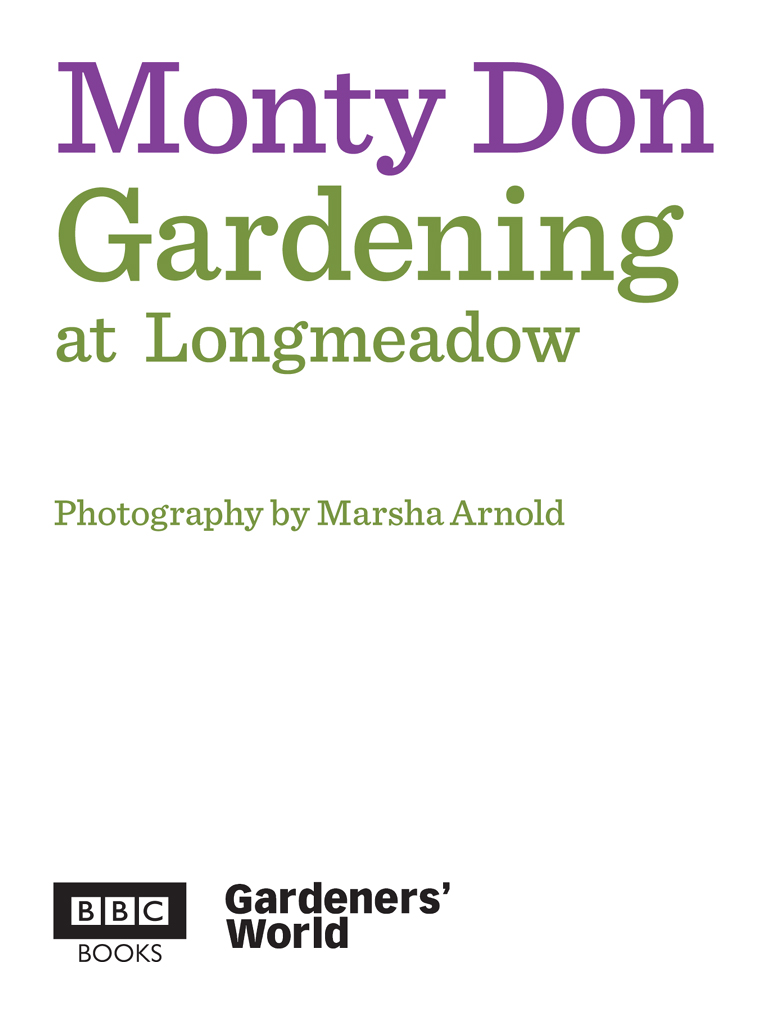
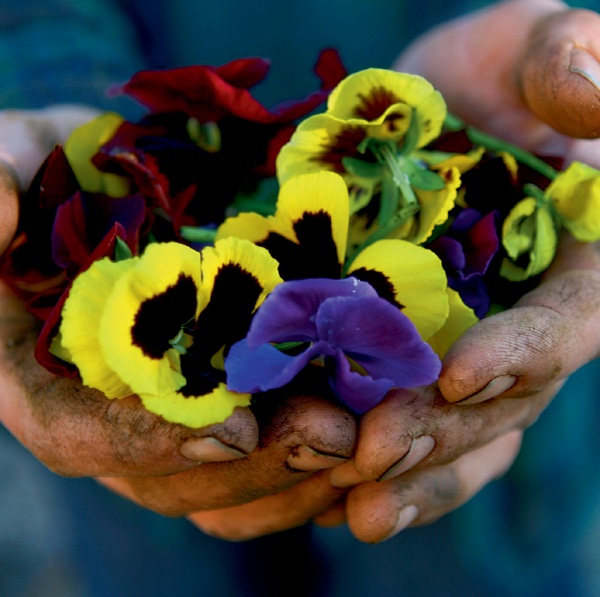
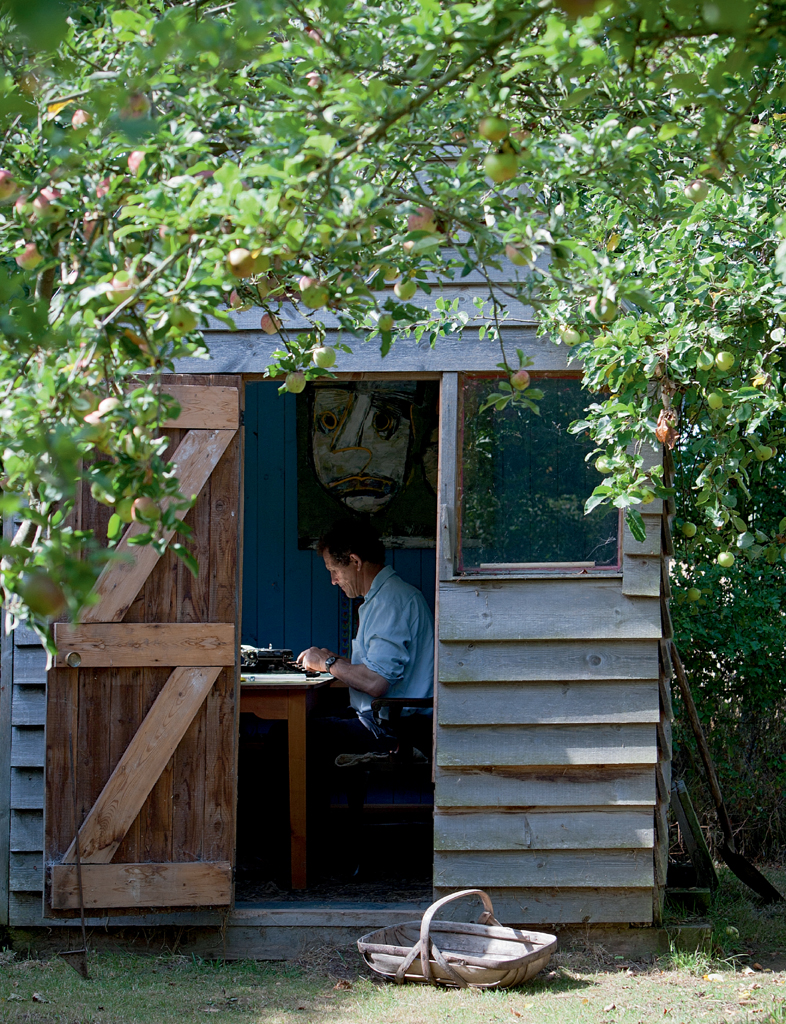
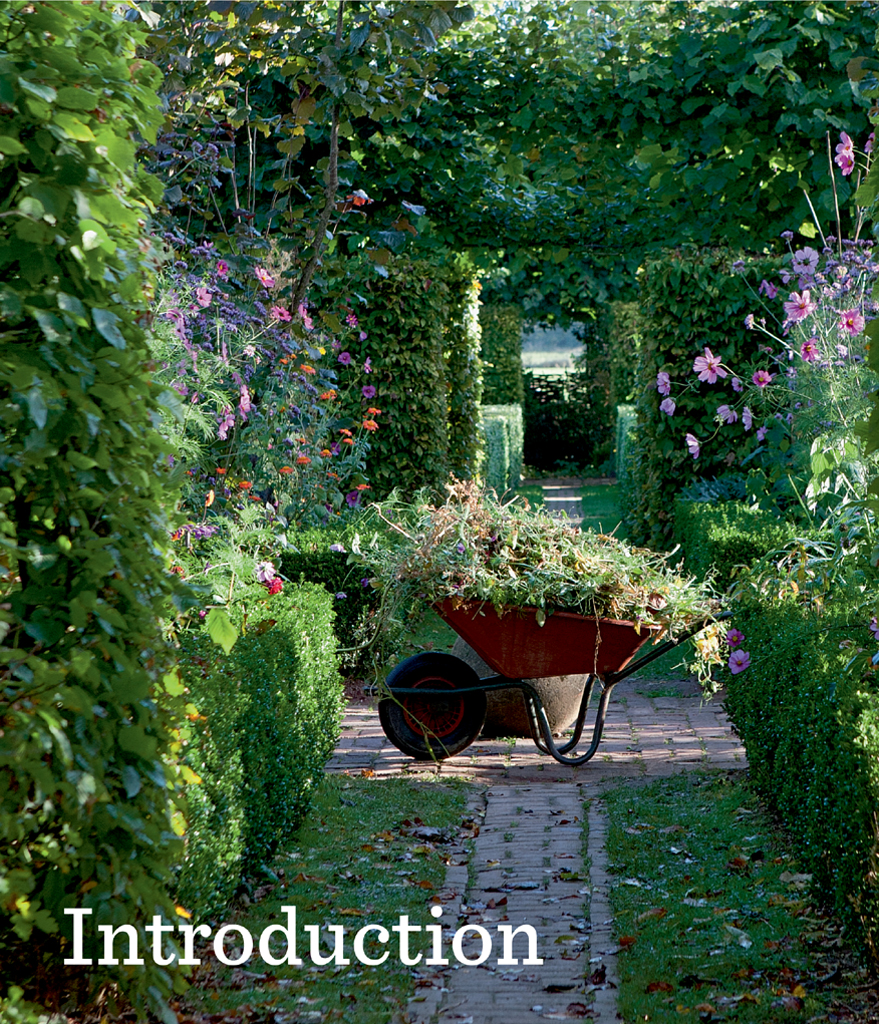
I FIRST SAW THIS GARDEN on a particularly dank autumnal day in 1991. The front was covered with piles of building rubble. At the back was a little yard filled with knee-high weeds happily seeding themselves, and beyond that was a paddock where a grumpy horse tried to find sustenance amongst the brambles. There was nothing here that could possibly be described as a garden. But beneath the years of neglect was a blank canvas that I could fill with the garden of my dreams.
For the first six months all my time and energy was directed towards the house which was an uninhabitable ruin and it was not until the following spring that I began clearing the field at the back. Three times that summer I cut the grass, and three times I raked it up along with buried and tangled tree trunks and discarded farm machinery. To get to know the land through hard graft was better than through a drawing board. In fact, this slow gestation was the best thing that could have happened and I recommend it to anyone making a garden from scratch. Take your time. Make and unmake it in your mind until you are ready to begin. You will know in your bones when that time comes.
Then I persuaded a neighbouring farmer to plough the cleared land for me. The turf unfurled to reveal rich, dark soil. Everything grows lustily in it. Even the weeds especially the weeds are astonishing in size, vigour and range. That vigour is a huge advantage for any gardener. Mind you, this was just about the only apparent advantage. Otherwise the odds were stacked against me. The site was wind-blasted and needed shelter. To all horticultural intents and purposes, it was empty: there was just one large hazel outside the back door and a hawthorn at the edge of a ditch that bisected the field.
Then I had my big break. On the famously chaotic day of the Grand National in 1993 April 3rd I went to a local tree sale with a proposed budget of 200 intending to buy some good-sized yew plants for a hedge. I came back five hours later having spent 1,300 on 1,400 trees and hedging plants. It poured with rain all day and by lunchtime the allure of the pub and the Grand National was enough for most people to leave the sale. A tiny handful of us stuck in, soaked and buying increasingly large lots at increasingly minuscule prices. The last batch of 15ft-tall Tilia platyphyllos I bought and which now make up the Lime Walk were 50 pence each. However, only a frantic phone call to the bank in the days when managers were real people increased our overdraft to cover the cheque. But this was the critical moment that made this garden.
I also bought a batch of very cheap box plants that I had learnt about through the local paper. When I went to collect them, they turned out to be an established and neatly clipped hedge. I dug it up and replanted it as two parallel hedges in the Ornamental Vegetable Garden, where it has remained for the past 18 years and provided thousands of cuttings. (The Ornamental Vegetable Garden has also provided us with thousands of meals from its rich Herefordshire loam.)
Although I had played it all out in my head before we began planting, there has been quite a lot of trial and error at Longmeadow. I never think of it as finished just where it happens to be now. We have moved trees and even entire hedges and we are constantly replanting borders. I am a great believer in moving plants until they are absolutely at home, and I do it all the time. We made mistakes too, and I wish that most of the paths were wider. We planted the main hornbeam hedges in 1995 and although I knew how high I wanted them, I had underestimated how wide they would grow. We are constantly reducing their width.
Longmeadow is a garden centred in its geographical place, which is the Herefordshire Marches, just eight miles (as the crow flies) from the Welsh border. It is dead flat and hard by a river, and about a third of the garden regularly floods. The soil is clay loam over gravel, which is wonderful when dry but intractable mud when wet and rather heavy and slow to warm up. It is a very cold site, exposed to the wind and the rainfall is very high. But the western wind quickly blows away the bad weather and the rain means that we rarely suffer from drought.
The garden is essentially a rectangle with the house in one corner. This made the design awkward so I made a path across the width of the site coming from the main door that leads from the house with three longer paths leading off at right angles through the length of the garden. Other paths cut across these three main highways to create an irregular grid that the garden and all its 19 different parts have come to fill.
Next page
